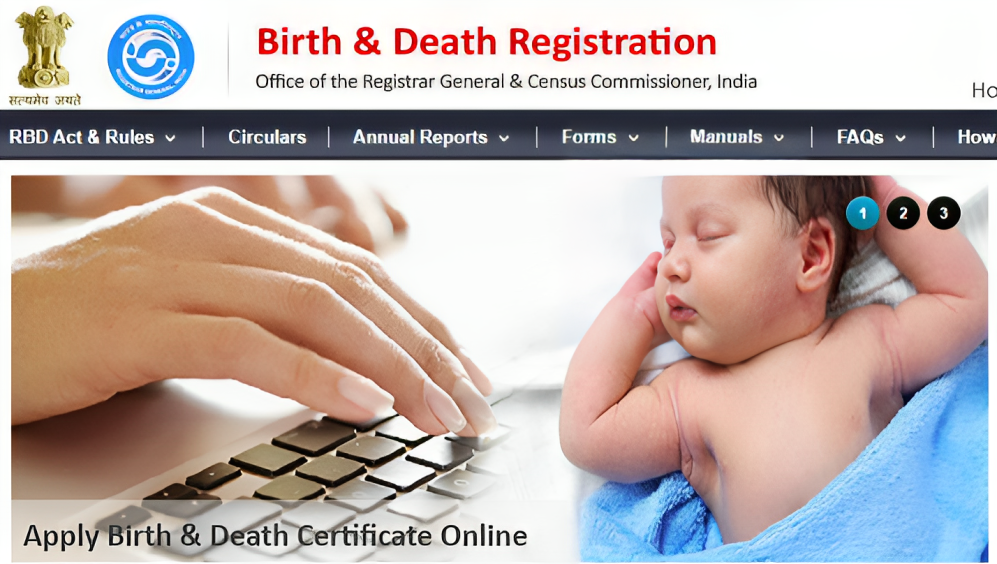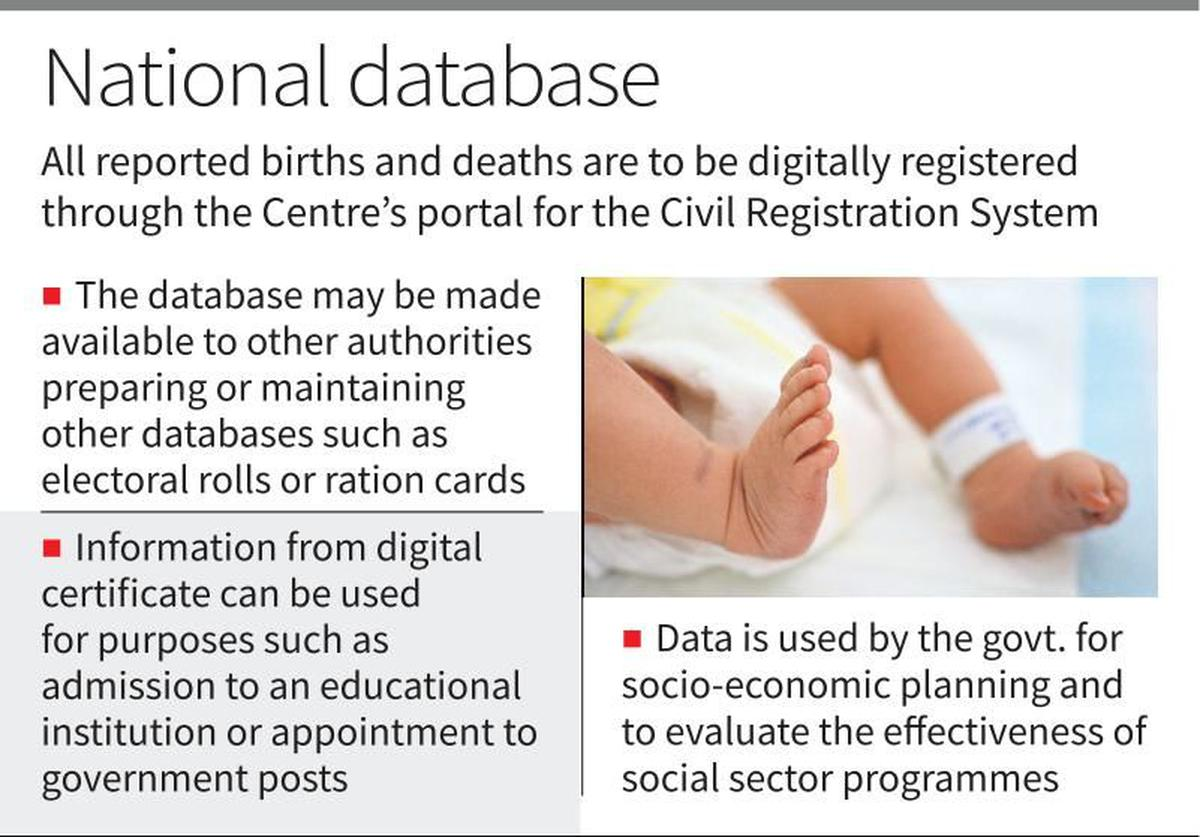Free Courses Sale ends Soon, Get It Now


Free Courses Sale ends Soon, Get It Now



Copyright infringement not intended
Picture Courtesy: https://www.thestatesman.com/tag/citizens
Context: The Union Ministry of Home Affairs has drafted Model Rules requiring parents to declare their religion separately when registering a child's birth.
Details
Key Changes and Implications

Significance and Concerns
Conclusion
Must Read Articles:
BILL TO AMEND THE REGISTRATION OF BIRTHS AND DEATH ACT
Source:
|
PRACTICE QUESTION Q. India has a young population with a high dependency ratio (working-age population supporting dependents). The challenge lies in creating enough jobs, skilling the workforce, and ensuring quality education to reap the economic benefits of this demographic window. |
© 2024 iasgyan. All right reserved